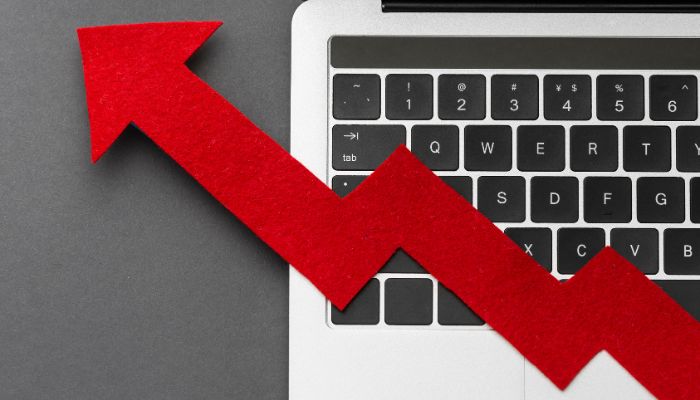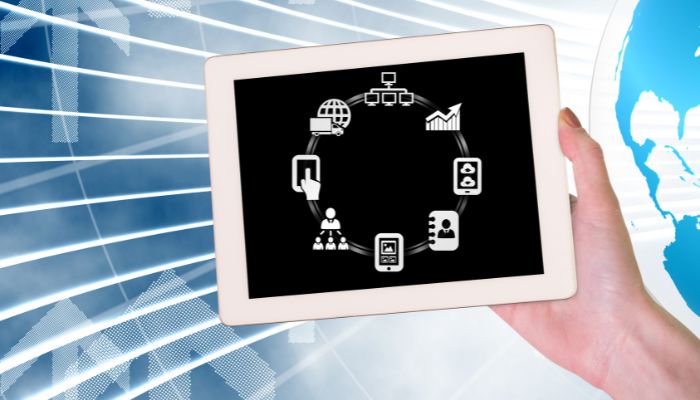There are many organizations that don’t consider payroll data important enough to analyze and get insights from. They treat this data as financial numbers and thus, miss out on making the most of the potential it has. On the contrary, payroll data has a lot to give to both the HR as well as finance departments within an organization. Organizations that are concerned about their performance and productivity often put payroll and HR data under the scanner to find out the areas that they can work upon and improve.
When companies bring both payroll and HR data together for analyses, they move closer to finding the answers to several important questions. Some of the questions include: how is the salary of employees decided? Are the top performers paid accordingly? What is the cost of talent hiring and management? How balanced is the association between talent management, overall business performance, and cost optimization? Finding answers for these questions can help organizations in improving the effectiveness of their processes and making better decisions.
Organizations that understand the hidden value in payroll data usually have an HR analytics solution to not only extract that value but also use it in a way that helps them become more productive. With an analytics solution in place, organizations can use their payroll and HR data to get great insights into salary competitiveness, workforce diversity and age, and many other socio-demographic factors that can be of huge importance to them. With insights from the payroll data, organizations can separate those findings based on demographics, which will help them in getting complete and usable information related to work-life balance, ageing, absenteeism, and salary disparity amongst other things.
You might also be interested to read: Analytics Jobs In India Looks Better Than Just Bright
In order to make better use of payroll and HR data, organizations need an HR analytics solution that is right for their needs, size, and complexity of processes. Also, the solution needs to be scalable to accommodate the future needs. The best HR analytics solution is one that supports HR analysis efforts and leads to better decision making. The adoption of HR analytics can help organizations to stop depending on guesswork for improving the efficiency and effectiveness of HR processes. And it becomes easier as well to not only measure but also report HR data to understand the workforce and take necessary actions to provide them a better and more fulfilling work environment.
HR data analytics can help organizations to understand the data better and look for patterns related to important areas, such as training, salary, benefits, and more. It can allow organizations to improve almost everything about human capital management. Some of the areas an analytics solution can help in improving include recruitment and onboarding, compensation and benefits, learning and development, and performance management and engagement.
How exactly does an HR data analytics solution help organizations improve their decision making? It will only be useful as long as companies have access to tools that are capable of not only understanding the data but also putting it to better use. To get HR analytics work wonders for them, organizations will have to consider all the different ways that it can help them manage their people. And there is no need of hiring analytics people to start this journey. As soon as organizations put analytics to work, they will be able to find out areas in workforce management that need immediate attention.
Organizations can use HR data analytics to streamline recruitment and onboarding. By doing this, they will be able to find better ways to source, evaluate, and hire candidates. For instance, if they analyze candidate tracking data, they will be able to find out the source that provides the best candidates, the time it takes to hire a candidate, and the total cost of hiring and onboarding amongst other things.
What organizations can also do with an analytics solution is improve their payroll management processes. They can monitor overtime costs for different locations, departments, and positions as well as report overall payroll expenses. With all this data available at their disposal, they will be able to better manage labor costs.
HR analytics can also be used to accomplish goals related to diversity and inclusion. Managing diversity and inclusion is the top priority of organizations these days. And an analytics solution can help them build a work culture that is founded on the principle of diversity and inclusion. It can help them keep a track of the diversity of their new employees, the parity in the salary of employees, and other such parameters.
Organizations need to understand that there is a big difference between providing benefits to employees and ensuring that they are meeting their needs. If they are not meeting their needs, there is no point in going ahead with those benefits. HR data analytics can help organizations measure the effectiveness of the benefits that they provide their employees. They will know what benefits their employees are mostly looking for. They can also calculate the cost of benefits to the company and make amends to not reduce costs without compromising with the value they are supposed to deliver to their employees through these benefits.
The right analytics solution can also help organizations to evaluate the difference that their training and development efforts are able to make. Every organization wants to provide their employees with enough opportunities to upgrade skills and grow. HR analytics can be used to track training time as well the number of people attending the training programs who go on to climb up the ladder. With this information, organizations will be in a better position to analyze whether their training and development programs are yielding results or not. Also, they will be able to figure out the areas that need additional attention.
HR data analytics can also help organizations to improve the overall employee experience. They can put the feedback of employees leaving the organization to better use by discovering areas need improvement to enhance the employee experience.
References:
- How to exploit payroll and HR data effectively | Glocal Thinking | Escrito por Enrique Sala Pascual | 23 September, 2021
- What Is HR Analytics and How Can Data Improve Decision-Making? | Fuse Workforce | John Duval | July 8, 2021
You might also be interested to read:






